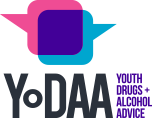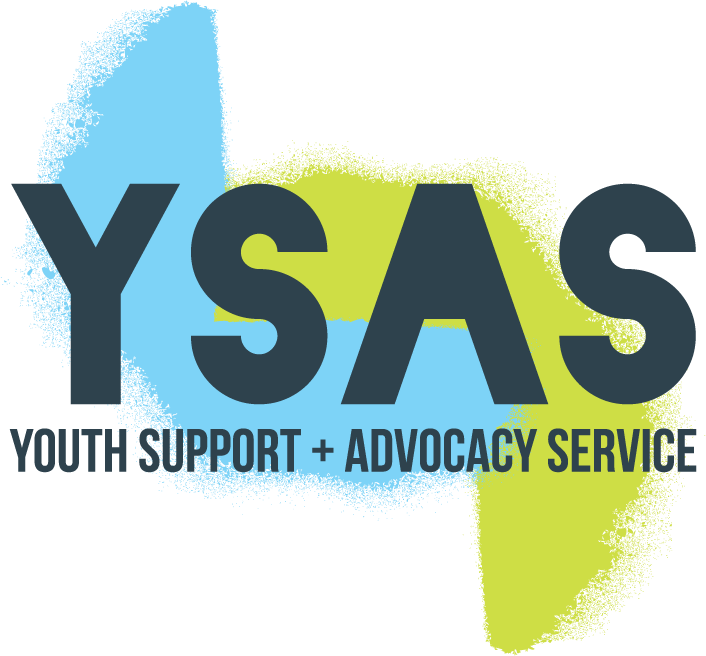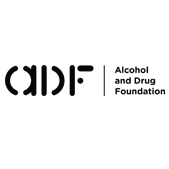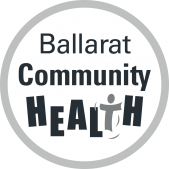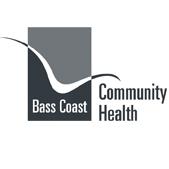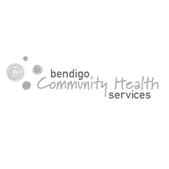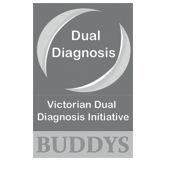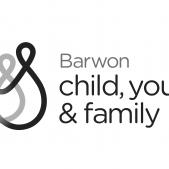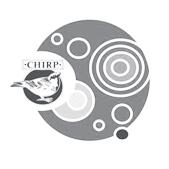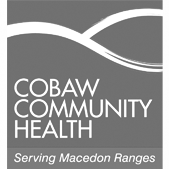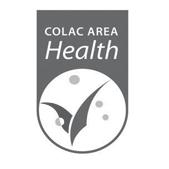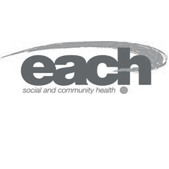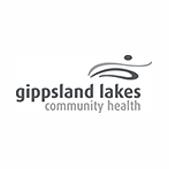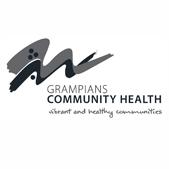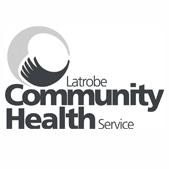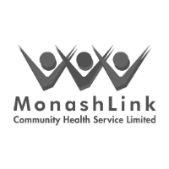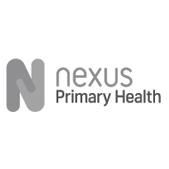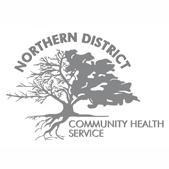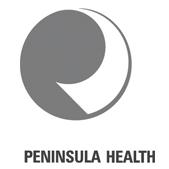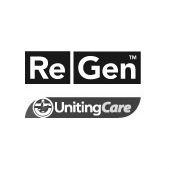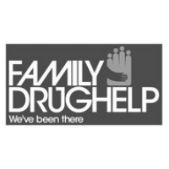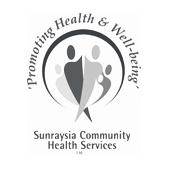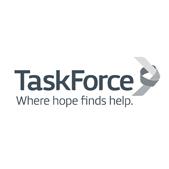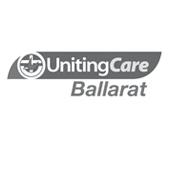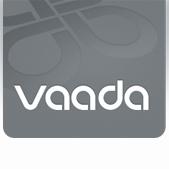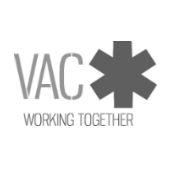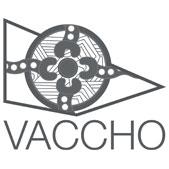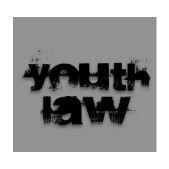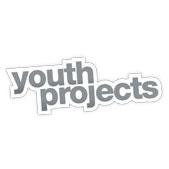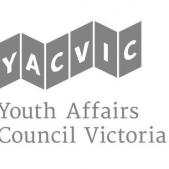Digital Harm Reduction
Youth workers understand that young people live in a tech based world and they can access a massive range of information online. As youth AoD practitioners we try to have the best skills and knowledge to protect young people from harms and we are only beginning to understand the measure of living in a tech based world.
In this article we explore the issues of acquiring substances online. We will not name these sites or apps so as not to promote them. We understand some of you out there will already have knowledge about these sites or apps and we would love to hear from you! By touching base with YoDAA you will be helping to develop knowledge of this emerging issue. If you wish to discuss ANY of the information in this article we encourage you to contact YoDAA by email or 1800 458 685.
It has come to the attention of the YoDAA team that some young people are buying substances online, through social media, apps or web sites. Some of you might be thinking “Oh Duh, a little late to the party YoDAA!” while others might be quite surprised that this is “a thing”. So here is a starting point to understanding this emerging issue.
The Dark Web
You have probably already heard about the dark web. We know it is there, underneath the regular web that you and I use daily. We know it can be used for selling and buying drugs, fire arms and other things you don’t want popping up in your user history. Some claim it is easy to access, others next to impossible. For those accessing the dark web to buy substances it is a rather simple process - Access the seller, pay in bitcoin (please don’t call YoDAA asking to explain bitcoin… we can’t help you there) and wait for delivery. We’ve seen popular marketplaces taken off the dark web by law enforcement for selling substances all over the world. What is being noticed is that now sellers are heading to the regular web to sell their product. So what does this mean for young people?
The Regular Web
From the research YoDAA has done it seems that many sellers are heading to social media or classified sites on the traditional old World Wide Web. There are many different ways in which the regular web is used by sellers. Often they place subtle coded advertisements that lead a buyer to a encrypted private messaging app where details of how to purchase substances are made available. This is in contrast to how drugs are bought on the dark web, where you are able to buy straight off the seller.
There are a number of websites dubbed the “uber of the drug world”. These websites offer a map of a suburb and on the map are balloons indicating who is a seller and who is a buyer or user. Some of these sites are created overseas in countries where selling and using some substances is legal, however buying, selling and using substances is still illegal in Australia no matter the laws in the country of origin. These sites appear to have grown in popularity and use across Australia.
There are many different types of websites similar to the one described above and others offering delivery of particular substances to anywhere in Melbourne. Any person can access the website, pay for their product, and have it delivered to their door.
Social Media Sites
Now you have a bit of an understanding about how drugs can be accessed on the dark web and regular web… how about through social media sites?
YoDAA has heard reports of ‘closed groups’ on social media sites, which people need to be invited to join, but the group cannot be found when searched for. In these groups young people are being offered and sold substances by friends, dealers, people who have bought too much and want to off-load the excess and strangers. This throws out the old harm reduction practice “know your dealer”!
Other social media sites are using images of substances and a range of hashtags to indicate which substance they are selling. Often code words, nicknames and slang are used to indicate someone is selling a substance and can be missed by those who are not in tune with the language of that world. The way a person then buys the product is by making contact with the seller, then the buyer is sent information to contact the seller through an encrypted app and the communication goes offline.
Another issue of these online transactions is there are people that offer to swap their substances for sexual acts. This is not the traditional ‘sex for drugs’ scenario but an emerging and concerning issue of exploitation.
What Are The Risks?
Now we know that substances can be accessed via the dark and regular web, it is time to understand the risks that buying drugs online can pose for young people.
Know Your Dealer!
This is an oldie but a goody when it comes to harm reduction. When buying drugs goes online it is impossible to know who you are buying from. You can be contacting a dealer from anywhere in the state to meet up with them and not be sure who is going to be waiting at the other end of the transaction. There is also the reality that it is incredibly easy for people to change their profiles and create news ones (we all remember Catfish, don’t we?!), misleading anyone who contacts them. These are increased risks exposing young people to people who are dangerous, who are selling them an unknown substance, or putting them in exploitative situations.
The Impact of Social Media
As adults we are aware that our online presence may have a bigger impact than we intended, many young people do not think about this. Young people wittingly share their lives, the happy moments, the sad moments, even the destructive moments with their followers without thinking about the longer term implications.
In an effort to “clean up” their image a young person might delete a conversation or image but the question is, is it ever really deleted? The reality is even if an image or conversation is deleted, there is still a record of it somewhere. While it may take a VERY tech savvy person to find it, it is not impossible to find. There have been times when these things have come back to impact a young person’s life later on.
Ever wonder why your social media page all of a sudden is promoting destination holidays after you googled them last night that is because many of them “hold or record” or information. This is something that young people do not consider either. We don’t want to go all Snowdon on you, but it is worth keeping these things in mind and sharing them with the young people you work with as we are not really sure where our information goes.
Naming and Shaming
While online communities may consist of people from ALL over the state, country or world, they can become very tight knit communities. This means that how someone represents themselves online can have negative or positive implications. It is easy for a person to get a bad review from someone (seller or buyer) and for this information to spread very quickly through an online community. When this happens we can either see positive outcomes in which bad suppliers are named and shamed or in where buyers are “black listed”.
Illegal Activity Online
Aside from everything else there are the legal risks - Buying and selling illicit substances is illegal. It does not matter if it is in person or online. Many sites and message services can be examined by law enforcement and as the internet never really deletes anything, it is highly likely there will be a record of a person’s interactions.
The new world of the internet can seem vast and scary. Young people are also navigating this world and are introduced to new ideas and influences much earlier than previous generations. As youth workers, we can do our best to guide and help them to critically reflect on their online experiences, hopefully helping them to be better equipped to stay safe.
We would love to hear from anyone who has more information about any of these specific sites or if you wish to discuss this topic further. YoDAA is available via email or 1800 458 685 Monday to Friday 9.00am – 8.00pm.
